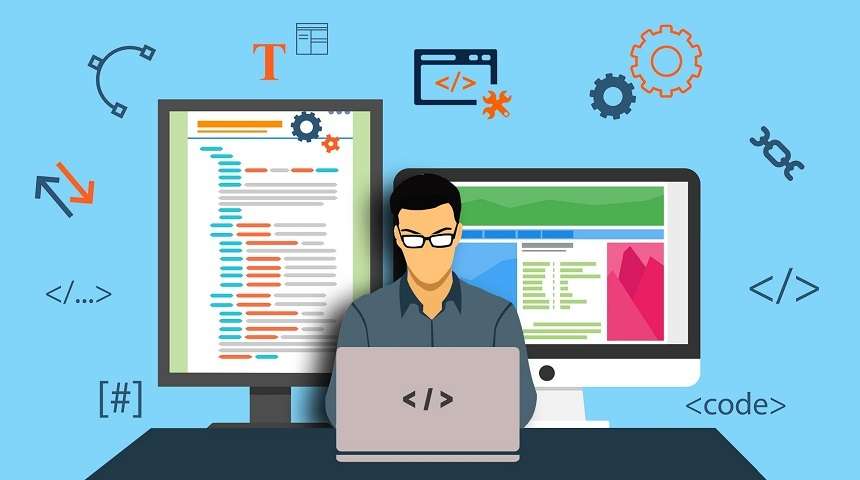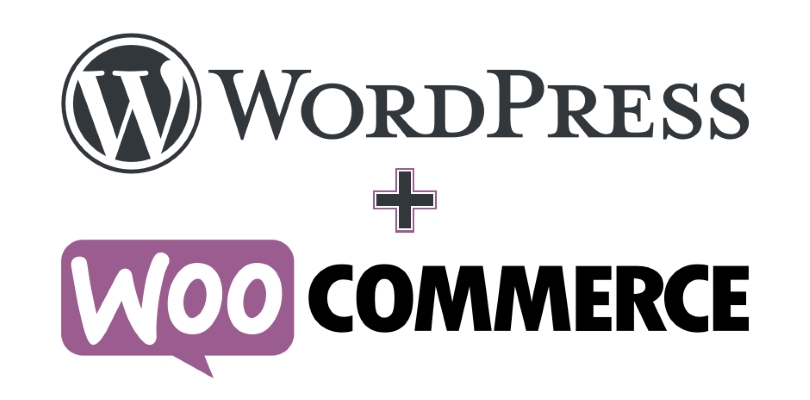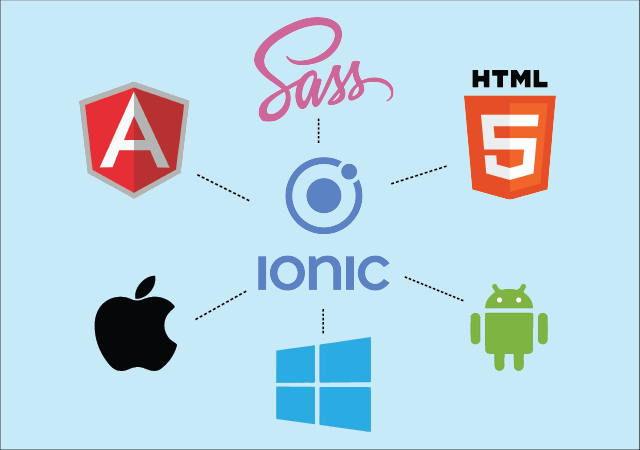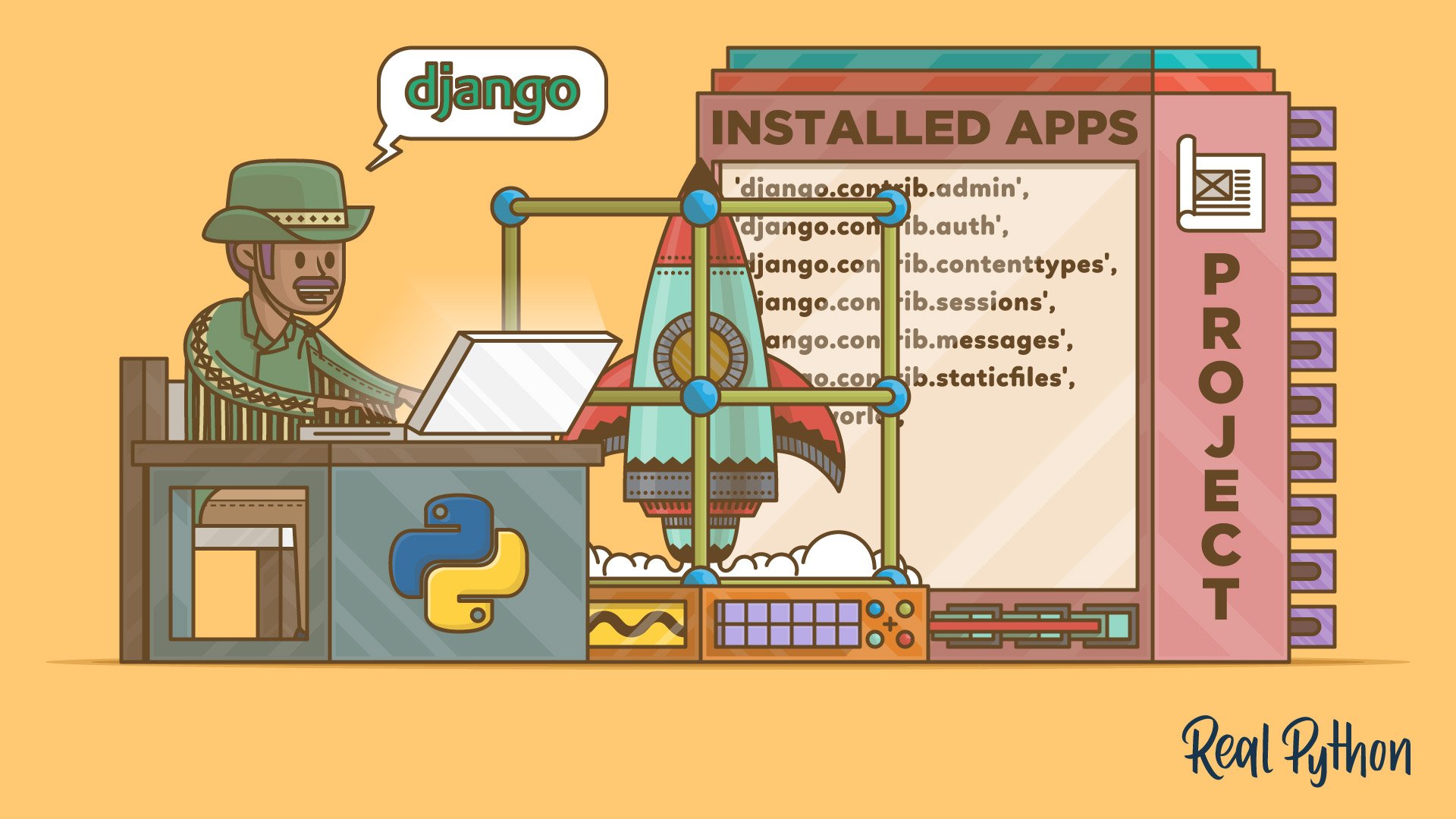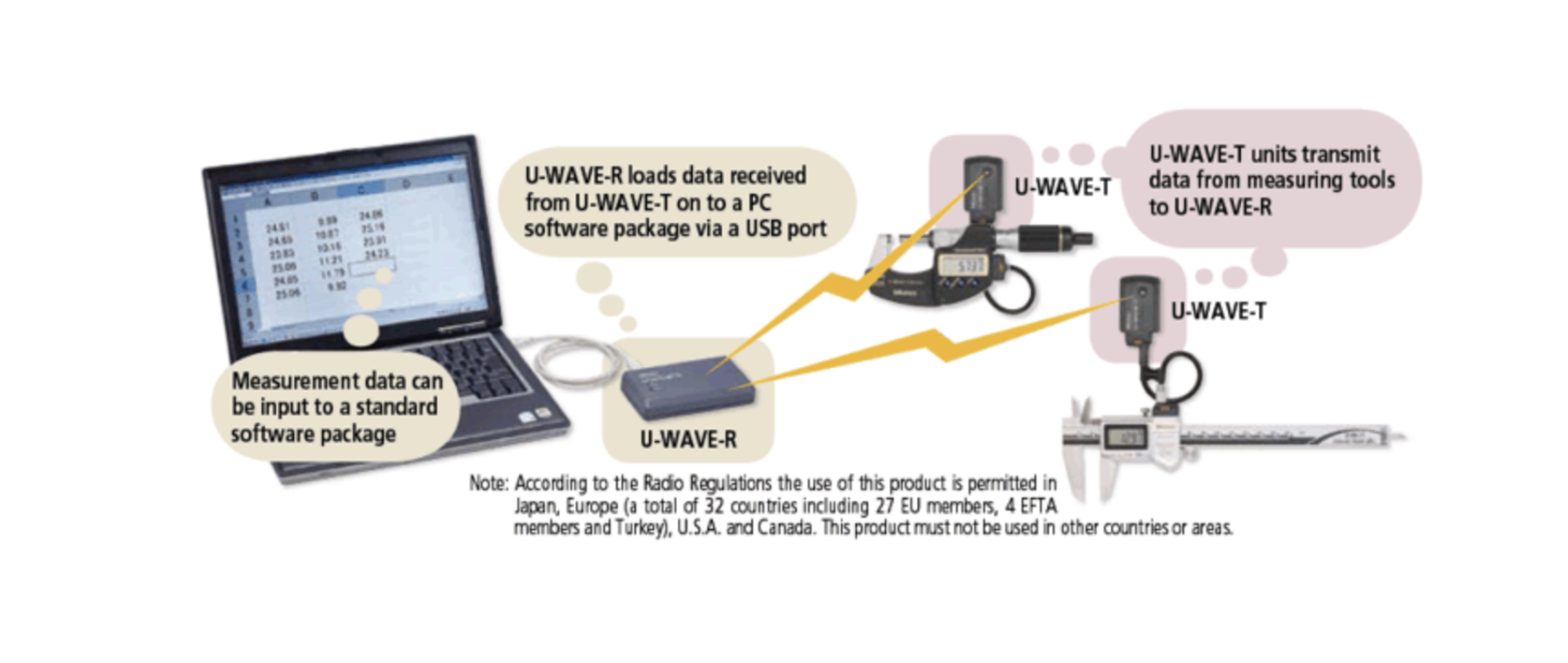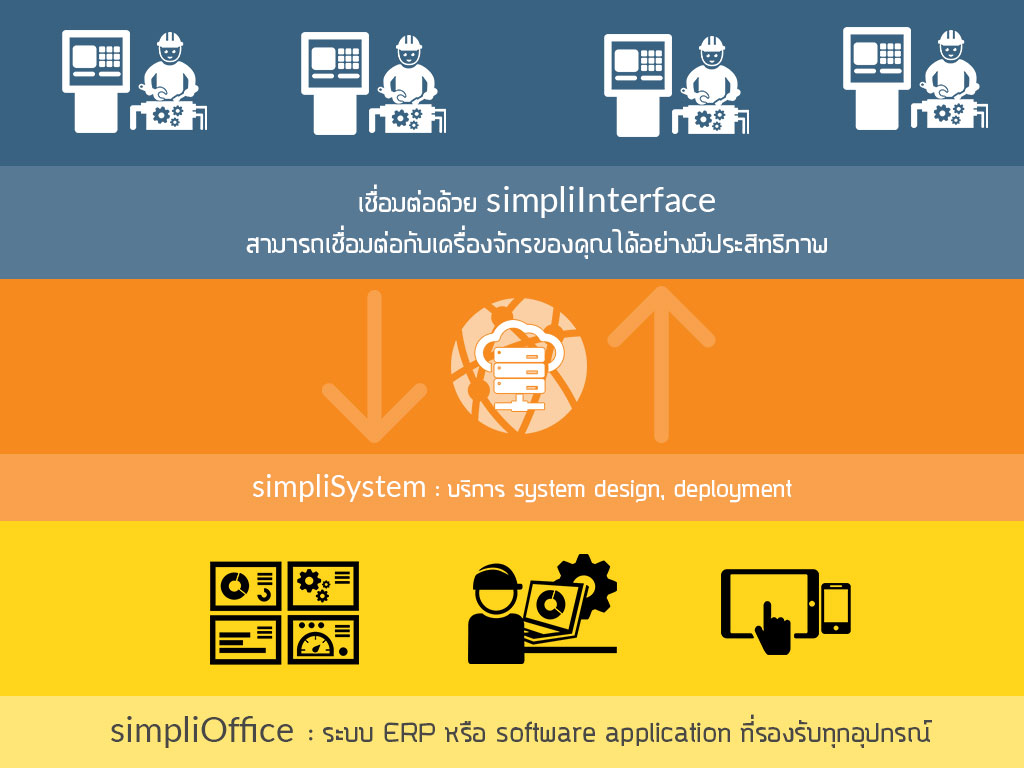Top AI Trends of 2025: A Deep Dive into the Future of Technology
As we step into 2025, artificial intelligence continues to redefine the boundaries of innovation, shaping industries and revolutionizing the way we work, live, and interact. This blog post delves into the top AI trends of the year and explores the technical intricacies behind these transformative advancements.
1. Integration of AI in Business Operations
AI is no longer just a tool; it's the backbone of modern business operations. From predictive analytics to process automation, businesses are leveraging AI to enhance efficiency and decision-making.
Technical Insights:
- Algorithms like ARIMA and LSTM are driving demand forecasting, enabling precise inventory management.
- Distributed computing frameworks, such as Apache Spark, process vast datasets in real-time.
- Deployment of AI models via cloud platforms like AWS SageMaker ensures scalability and reliability.
Example Use Case: A logistics company predicts seasonal demand surges, optimizing supply chains and reducing costs by 30%.
2. Advancements in AI Hardware
The AI hardware revolution continues, with advanced chips making AI training and inference faster and more energy-efficient.
Technical Insights:
- Nvidia A100 and AMD MI250 GPUs, combined with CUDA libraries, enable parallel processing for AI workloads.
- Tensor Processing Units (TPUs) offer specialized hardware for deep learning models, reducing power consumption and enhancing performance.
- Optimization frameworks like PyTorch ensure seamless integration with hardware accelerators.
Example Use Case: Research labs train complex generative models in hours instead of weeks, pushing the boundaries of medical research.
3. AI in Advertising
AI has become a cornerstone of the advertising world, enabling hyper-personalized marketing and real-time optimization.
Technical Insights:
- Recommendation systems use collaborative filtering and reinforcement learning to predict consumer preferences.
- Real-time bidding platforms leverage AI to optimize ad placements in milliseconds.
- Data pipelines built on Apache Kafka ensure seamless data flow for training and deploying ad optimization models.
Example Use Case: An e-commerce platform increases conversion rates by 40% through personalized ad campaigns powered by AI.
4. AI in Creative Industries
Creativity meets computation as AI revolutionizes content creation, filmmaking, music, and more.
Technical Insights:
- Generative models like GANs and diffusion models produce high-quality visual and audio assets.
- Large language models assist in generating scripts, dialogue, and storylines.
- AI-enhanced rendering engines like Unreal Engine bring lifelike animations to life.
Example Use Case: A film studio reduces CGI production time by 50% using AI-powered tools for animation and special effects.
5. AI Governance and Ethics
As AI adoption grows, so do concerns about fairness, transparency, and accountability. Ethical AI is at the forefront of this trend.
Technical Insights:
- Bias detection tools like IBM AI Fairness 360 ensure models adhere to ethical standards.
- Explainable AI (XAI) frameworks like SHAP and LIME provide transparency in decision-making processes.
- Automated audit systems monitor compliance with privacy laws, such as GDPR and CCPA.
Example Use Case: A hiring platform eliminates bias in recruitment by auditing its AI-driven candidate selection process.
6. AI in Project Management
AI-driven project management tools are transforming how teams plan, collaborate, and execute.
Technical Insights:
- Natural Language Understanding (NLU) models like GPT-5 summarize tasks and predict project risks.
- Predictive analytics use Bayesian models to foresee delays and recommend corrective actions.
- AI bots integrated with collaboration tools like Slack provide real-time updates and task prioritization.
Example Use Case: A construction firm predicts and mitigates project delays, saving millions in potential losses.
7. AI in Healthcare
AI's impact on healthcare is profound, from diagnostics to personalized treatment.
Technical Insights:
- Convolutional Neural Networks (CNNs) analyze medical images, identifying diseases with greater accuracy.
- Transformers like BERT process clinical notes, extracting actionable insights for care providers.
- Edge AI models optimize wearable devices for real-time health monitoring.
Example Use Case: AI-powered diagnostic tools detect early-stage cancers with a 95% accuracy rate, revolutionizing patient outcomes.
Conclusion
The AI trends of 2025 showcase a rapidly advancing field that is not just shaping industries but transforming the world around us. With its integration into business, hardware innovations, creative applications, ethical frameworks, and healthcare advancements, AI is undeniably the driving force of the future.
To stay ahead in this ever-evolving landscape, businesses, developers, and policymakers must not only understand these trends but also actively engage with the technologies driving them. The future is here—let’s build it wisely.
Get in Touch with us
Related Posts
- How to Build an AI-Resistant Project: Ideas That Thrive on Human Interaction
- Build Your Own Cybersecurity Lab with GNS3 + Wazuh + Docker: Train, Detect, and Defend in One Platform
- How to Simulate and Train with Network Devices Using GNS3
- What Is an LMS? And Why You Should Pay Attention to Frappe LMS
- Agentic AI in Factories: Smarter, Faster, and More Autonomous Operations
- Smarter, Safer EV Fleets: Geo-Fencing and Real-Time Tracking for Electric Motorcycles
- How to Implement Google Single Sign-On (SSO) in FastAPI
- Build Your Own Taxi Booking App with Simplico: Scalable, Secure & Ready to Launch
- Building a Scalable EV Charging Backend — For Operators, Developers, and Innovators
- How to Handle Complex Pricing for Made-to-Order Products in Odoo
- How to Build a Made-to-Order Product System That Boosts Sales & Customer Satisfaction
- Transform Your Operations with Autonomous Agentic AI
- Streamline Fiber Tester Management with a Lightweight EXFO Admin Panel
- Enhancing Naval Mission Readiness with EMI Simulation: Cost-Effective Risk Reduction Using MEEP and Python
- Strengthen Your Cybersecurity Posture with Wazuh: A Scalable, Cost-Effective SIEM Solution
- OCPP Central System + Mobile App — Customer Proposal
- How TAK Systems Are Transforming Border Security
- ChatGPT-4o vs GPT-4.1 vs GPT-4.5: Which Model Is Best for You?
- Can Clients Decrypt Server Data Without the Private Key? (Spoiler: No—and Here’s Why)
- Managing JWT Authentication Across Multiple Frameworks




